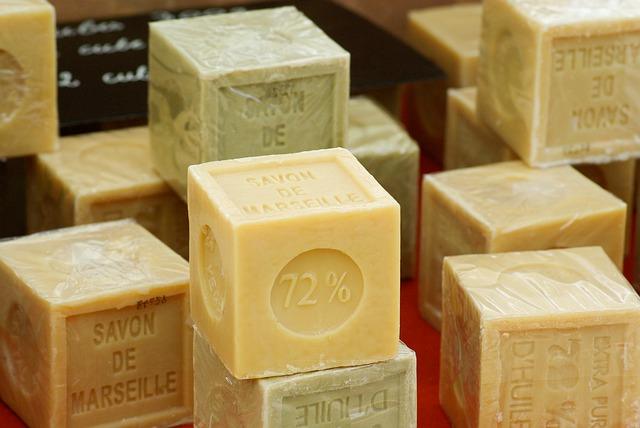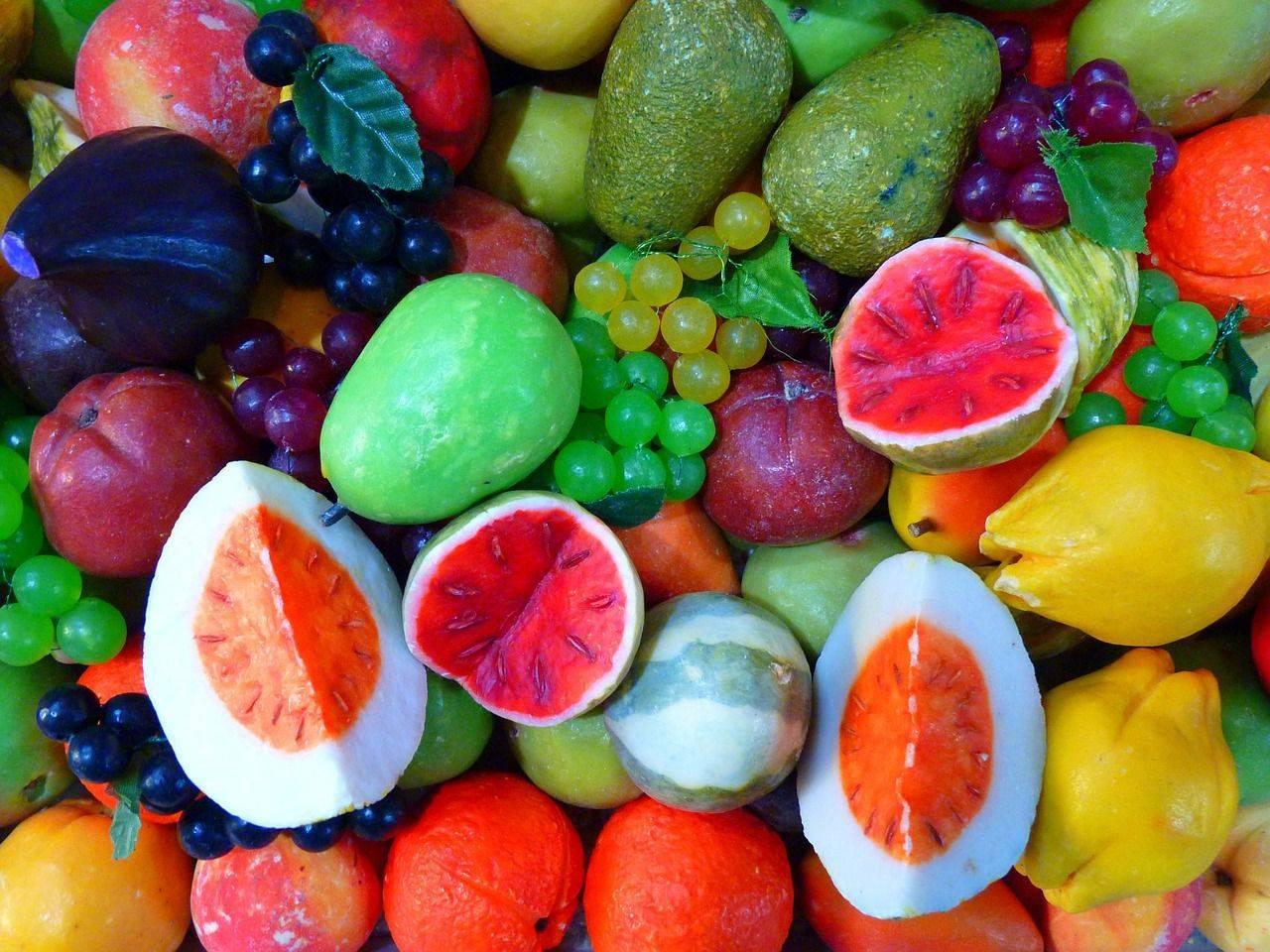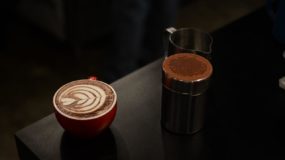Modern housewives, including myself, bake bread at home, make mayonnaisesalt the fish. This provides access to quality products and savings. I was interested in the question of how to make soap at home.
This is not to say that saving on the use of home soap is big. But we take baths and wash ourselves daily, and we want to use healthy and safe hygiene products. In these properties lies the secret to the success of home soap.
Do-it-yourself home-made soap is a quality, environmentally friendly and beautiful product. It satisfies the hygienic requirements of family members and is suitable for the role of a gift to a close friend, for example, March 8 or birthday.
Soap making recipes at home

Many people make soap with their own hands. For some, it’s hobby, for others - a way earnings at home. Even a beginner will master this art.
The work uses a ready-made soap base, which is often replaced with baby soap or boiled soap using solid oils, additives and other ingredients.
Regardless of soap making recipes at home, you end up with a beautiful and healthy product.
How to make a classic soap
- Purified water - 700 ml.
- Lye - 270 g.
- Olive oil - 1 l.
- Coconut oil - 500 ml.
- Grape Seed Oil - 500 ml.
- The oils indicated in the recipe, as well as the alkaline mixture, are individually heated to 40 degrees.
- Slowly introduce alkali into the oil mixture, lower the blender into the container and, using short approaches, mix the contents for three minutes.
- Pour ten milliliters of cinnamon oil into the resulting composition. After additional mixing, pour the mixture into a mold, wrapwarm blanket and leave for a day. This will retain heat and contribute to the completion of the chemical reaction.
Do-it-yourself chocolate soap
The following recipe will appeal to the sweet tooth. Let's make a chocolate soap with a seductive look and mouth-watering smell.
- Soap base - 100 g.
- Almond oil - 1 tbsp. a spoon.
- Coffee - 1 tbsp. a spoon.
- Cocoa - 2 tbsp. spoons.
- Essential oil (vanilla).
- Melt the soap base first. It is allowed to replace it with baby soap, which is recommended to be passed through a grater or finely chopped. Mix the resulting mass with almond butter, cocoa and ground coffee.
- Fill the curly molds with the composition and wait until it hardens. I advise you to use small forms in the form of flowers, shells or animals. As a result, each piece of homemade chocolate soap will resemble a candy.
Milk Soap Recipe
At home, you can make a wonderful milk-honey soap. The manufacturing technology is simple and understandable, but the result is a product that will give odds to many store goods.
- Baby soap - 100 g.
- Honey - 2 tbsp.spoons.
- Milk - 0.66 cups.
- Sea buckthorn oil - 1 tbsp. a spoon.
- Citrus essential oil - 15 drops.
- Glycerin - 1 teaspoon.
- Chamomile flowers.
STEP-BY-STEP COOKING:
- Combine the baby soap passed through the grater with heated milk, wait a bit, and then hold it in the bath until it melts. Enter the remaining ingredients.
- Add to the mixturehoney, then sea buckthorn oil with glycerin, then chamomile flowers with essential oil. Keep the mass on fire and stir, not allowing to boil. When it becomes homogeneous, distribute by shape.
How to cook handmade cleansing soap
I bring to your attention the recipe for the manufacture of handmade soap. If you regularly take care of the skin, it will help in this matter.
- Baby soap - 0.5 bar.
- Camphor alcohol - 0.5 tbsp. spoons.
- Ammonia - 0.5 tbsp. spoons.
- Glycerin - 0.5 tbsp. spoons.
- Citric acid - 0.25 teaspoons.
- The hydrogen peroxide solution is 0.25 cups.
- Water - 1 cup.
- Pour the soap washed through the grater into a container of water and wait a few hours until it swells.
- Place the dish with soapy water in a container of water and lightly heat it.
- Into a homogeneous mass, introduce alcohols along with citric acid diluted in a spoon of water. After mixing, remove the mixture from the stove and stir until it cools.
- While stirring, add hydrogen peroxide. Handmade soap is ready.
Video instruction
I think, while reading the material, you noticed that in all cases the basis is the same, but the recipes differ in additives. If you want and have imagination, easily create your own soap recipe, which will be characterized by excellent composition, wonderful color and a unique smell.
How to choose a soap base and not make mistakes
In conclusion, I’ll talk about the intricacies of choosing a soap base and the mistakes that beginner soap-makers make. The soap base is a practically finished product, neutral in properties, without color and odor. The basis is needed for the manufacture of home soap.
It is not difficult to buy a soap base of Chinese, Latvian, German, English and Belgian production. Foundations from Belgium and Germany are very similar in properties. This clear formulation is odorless and produces a large amount of foam.
Products from England and Latvia are characterized by low surfactant content. As a result, the soap made from them foams worse. But these essentials contain more natural ingredients.
The Chinese soap base foams fine, but it smells. Fortunately, with the help of flavoring it is not difficult to drown out the smell. If desired, some bases can be mixed. The main thing is that they correspond to each other in terms of fat content.
I advise you to use an organic base. It freezes not so quickly and foams worse, but it benefits the skin. And this is important, especially if you take care of your skin.
The main mistakes of beginners
Remaining faithful to the topic of home soap making, one cannot fail to mention the mistakes and problems that beginners face. All errors are related to the aesthetic side of the issue. Soap slowly thickens, breaks, or breaks into pieces when cutting. Keeping proportions and using quality materials helps to avoid such problems.
- If the soap breaks when cut, it means a lot of caustic soda. This defect does not affect the quality of the product, only the appearance suffers. In some cases, essential oils cause excessive fragility.
- If a soft soap is obtained, and when the briquette is cut, it breaks into pieces, which means that the gel stage has failed. To solve the problem, leave the product to ripen for two weeks, and then cut it with a guitar string.
- Often the finished soap block is covered with a coating. Quality does not suffer from a visual defect.To fix the problem, cover the soap after placing in the molds. Plaque is removed with a knife or water.
- If the soap does not thicken, be sure to use the correct amount of alkali. Often this effect is associated with a high percentage of soft oils. In this case, prolonged mixing of the solution with a conventional mixer will help to change the situation.
There are health risks. In some cases, white spots appear in the soap. They are formed by alkaline crystals, which are poorly soluble in liquids. Test several of these crystals using a special strip. If it really is alkali, throw the soap away.
I looked at 4 step-by-step recipes for beginners, home-made instructions, and tips for choosing the basics. Now I will tell you interesting information about the origin of soap.
What do we know about soap?

According to historians, primitive people regularly washed so that potential prey did not smell. As a detergent, they used water and sand. The invention of the soap contributed to the low washing efficiency using sand. It is difficult to say when the soap appeared and who its author is. One thing is certain, it is older than paper and gunpowder.
Later, people began to rub the body with fat or oil, and then scraped off a dirty film from the skin. Clay was also used for this purpose. According to one of the Roman historians, the first liquid soap appeared in Gaul. Residents of the ancient state added ash to melted goat fat, and the resulting mixture was used for washing hair and washing.
Later, the product was borrowed from the Gauls by the Romans, who created fashionable hairstyles with it. In 164, the Roman doctor Galen found out that soap washes and launders.
The creators of solid soap are Arabs. For its manufacture in the 7th century, they used ash, algae, lime, olive oil, goat fat and potash. The Spaniards brought this recipe to Europe. As a result, the development of soap making in European countries began.
In those days, Christianity struggled with pagan values, among which the tradition of washing. Therefore, baths appeared in Europe only in the 15th century through the efforts of the crusaders. Knights of those times presented ladies with soap as a gift.
In the seventeenth century, a revolution in soap making took place. Then shaving foam appeared, and stubble became the conscious choice of men. For women, flavored soaps were produced. In almost every prosperous house there was a washbasin.
These revolutionary changes bypassed the rules of hygiene. People of those times were not completely soaped, saving an expensive product.
Two hundred years later, water pipelines appeared in European cities along with sewer systems. In every rich house there was a tin bathand soap has taken a strong place in everyday hygiene. Today, urban residents spend about two weeks in a bath every year.
Soap has been brewed in Russia since ancient times. Valdai and Kostroma soap makers were famous throughout the country and beyond. After the advent of the factory method for producing caustic and soda ash, soap making became cheaper.










